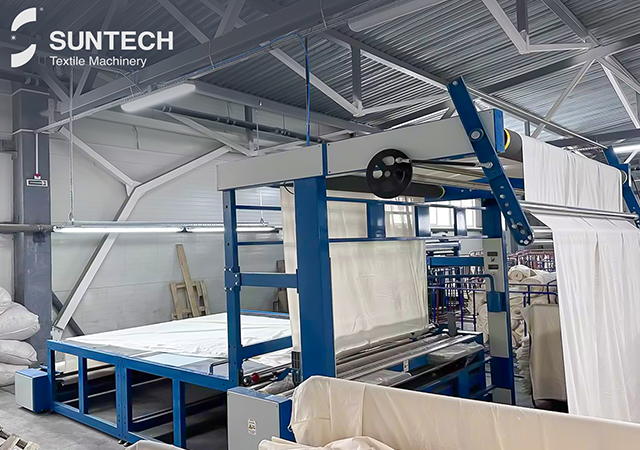Textiles, defined broadly as materials composed of natural or synthetic fibers, are a cornerstone of human civilization. Their evolution stretches back to prehistoric times and spans across various cultures, each contributing unique innovations. This article explores the rich history of textiles, highlighting key developments and transformations from ancient craftsmanship to modern-day industry.
Prehistoric Beginnings and Early Innovations
The history of textiles begins in the Neolithic era, around 12,000 years ago, when early humans transitioned from nomadic lifestyles to settled agriculture. The earliest textiles were likely made from plant fibers, animal skin, and fur. As civilizations evolved, so did textile techniques. Around 5000 BCE, the Egyptians began cultivating flax and weaving linen, and wool was spun and woven in the Near East.
One of the most significant early advancements was the invention of the spindle, which improved the speed and efficiency of spinning yarn. The loom, which appeared in various forms across different cultures, was another pivotal innovation, allowing for more complex weaves and patterns.
Silk, Cotton, and the Global Trade Networks
The discovery and cultivation of silk in China around 2700 BCE marked a significant milestone in textile history. Silk production, a closely guarded secret for centuries, eventually spread along the Silk Road, integrating into the economies and cultures of Asia, the Middle East, and Europe. The luxurious fabric became a symbol of wealth and status.
Cotton, which originated in the Indus Valley around 2500 BCE, had a similarly profound impact. It was cultivated in India and spread through trade to Egypt, China, and eventually to Europe in the medieval period. The versatility and comfort of cotton made it a staple fabric across the world.
The Middle Ages to the Industrial Revolution
During the Middle Ages, European textiles were predominantly made from wool, with the wool trade becoming economically significant in places like England and Flanders. This period also saw the rise of guilds, which regulated craftsmanship and trade.

The 18th century ushered in the Industrial Revolution, a pivotal era for textile production. The invention of machines like the spinning jenny, the water frame, and the power loom revolutionized the industry, shifting production from artisanal home workshops to mechanized factories. This period also saw the development of the cotton gin by Eli Whitney in 1793, which mechanized the process of separating cotton fibers from seeds, exponentially increasing the production capacity.
Synthetic Fibers and Modern Textiles
The 20th century introduced synthetic fibers, which marked another transformative period in textile history. In 1935, Wallace Carothers at DuPont invented nylon, the first true synthetic fiber, which became immensely popular as a substitute for silk, especially in products like stockings. Polyester, invented in 1941, offered durability and resistance to wrinkling and became widely used in a variety of garments.
Today, the textile industry continues to innovate with developments in sustainable fabrics and smart textiles, which incorporate technology for added functionality. Biotechnological advancements are also leading to the creation of more eco-friendly materials, addressing the environmental impact of traditional textile production.
The historical evolution of textiles is a testament to human ingenuity and adaptability. From the basic weaves of our prehistoric ancestors to the complex digital printing techniques of today, textiles have continuously evolved to meet the needs of society. Each phase of development not only reflects technological advancements but also the cultural exchanges among civilizations throughout history.
SUNTECH Textile Machinery as a special list in textile equipment automation, has a range of products that encompasses almost all fabric types, including but not limited to weaving machines, fabric cutting machine, motorized beam trolley, beam storage, and fabric inspection machine. SUNTECH Textile Machinery continues to lead the textile industry with its innovative approach and extensive experience. As we move forward, the continued innovation in textile technology promises to further reshape our world, offering new materials and possibilities for the future.




